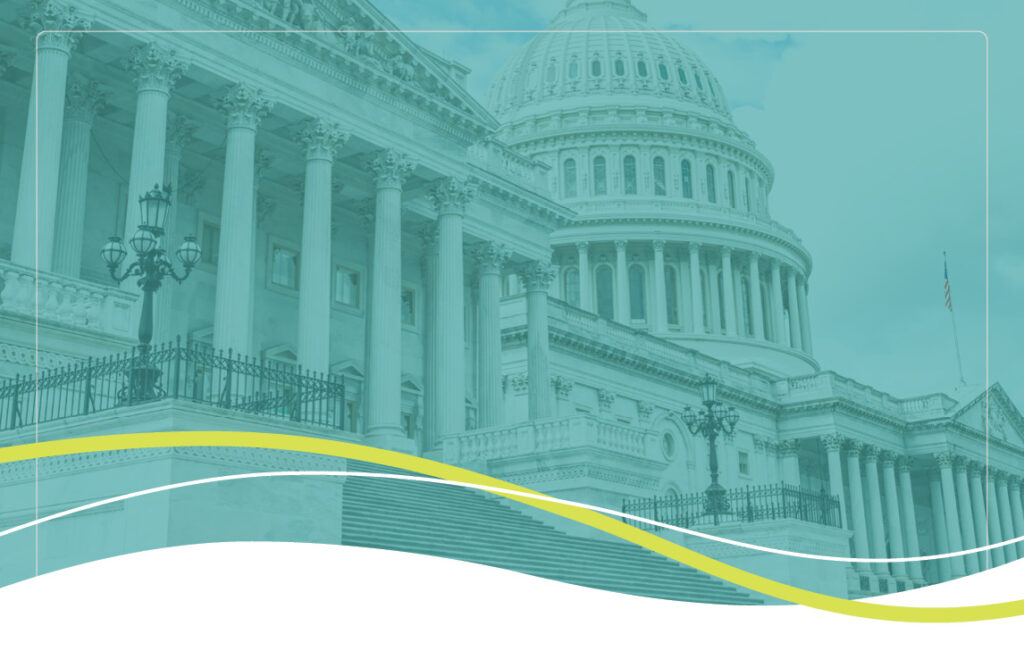5 Underlying Challenges Facing Safety Net Hospitals and the Innovative Approaches Needed to Overcome Them

Safety net hospitals play a vital role in the U.S. healthcare system and provide essential care to some of the nation’s most vulnerable populations. Beyond pervasive challenges like workforce shortages, low reimbursement rates, and gaps in coverage, there are underlying issues that safety net hospitals need to address so they can not only survive but expand and grow to meet the needs of the communities they serve. As a former hospital CEO, I’ve experienced these issues firsthand and deeply understand the innovative approaches needed to overcome them. There is no simple solution, and the challenges are overwhelming, but there are several factors that safety net hospitals can consider to enhance healthcare quality and access for Medicaid beneficiaries and underserved populations.
1. Increasing Public Support and Eliminating Misconceptions
Safety net hospitals provide care for a disproportionate share of low-income patients compared to their hospital counterparts. For these populations, safety net hospitals provide a lifeline. However, the apparent stigma connected to safety net hospitals further stunts their growth and financial viability.
For many, this stigma comes from misunderstanding the breadth and depth of both the Medicaid program and the population it serves.
Common misconceptions about Medicaid…
Medicaid is for people who don’t work and aren’t actively trying to find work.
The Truth: Approximately 61% of adult Medicaid enrollees work full-time and/or part-time. For many Medicaid beneficiaries, the harsh reality is a lack of access to affordable healthcare. For example, even if their employer offers them sponsored coverage, their income may be so low, they can’t afford to pay for it.
Medicaid has little impact on people’s health.
The Truth: According to a KFF issue brief, state Medicaid expansions, or when states choose to expand Medicaid coverage to adults with incomes up to 138% of the federal poverty level, are associated with improved access to preventive care, and positive impacts on infant mortality, child mortality, HIV mortality, adult mortality, disease-related mortality, and reported rates of depression. Additionally, a Health Affairs research article reports that Medicaid expansion was associated with improved hospital financial performance and substantially lower likelihoods of closure, especially in rural markets and counties with large numbers of uninsured adults before Medicaid expansion.
Increasing public support and eliminating misconceptions about Medicaid is crucial for safety net hospitals to secure funding, build community trust, reduce stigma, enhance their reputation, influence policy, and ultimately improve health outcomes. This support ensures that these hospitals can continue to provide essential services to the populations that need them most.
2. Improving understanding of health disparities between Medicaid beneficiaries and privately insured individuals.
Comparing health outcomes between Medicaid recipients and those with private health insurance can be complex due to the differences in demographics, socio-economic status, and underlying health conditions of the two populations. However, several studies and data highlight disparities in health outcomes between these groups. For example, a study published in the National Library of Medicine found that Medicaid patients with eight select types of cancer experienced shorter survival and higher 5-year mortality than their non-Medicaid counterparts.
Understanding the health and socio-economic disparities between Medicaid beneficiaries and individuals with private insurance is crucial for safety net hospitals. By improving their understanding, they can better tailor their services and allocate resources effectively to meet the needs of their patient population. An example of this is advocating for national payers to utilize local 340B drug and laboratory programs in rural America to support rural health systems’ financial viability. According to the National Rural Health Association, the 340B Program is an essential source of discounted outpatient drugs for many rural hospitals serving vulnerable populations who may lack insurance or be low-income. For many rural safety net hospitals operating on thin financial margins, the funds distributed through this program are critical to maintaining operations and service lines.
3. Addressing high Emergency Department (ED) utilization.
A report from Population Health Management highlights that approximately 44.5% of Medicaid patients visited the ED at least once a year, about 4 times more than commercial patients. This gap was greater than the national average in 2013, when 38.0% and 14.1% of Medicaid and commercial patients, respectively, visited the ED. Additionally, Medicaid patients were seven times more likely to have a low-severity ED visit and four times more likely to have a high-severity ED visit or ED visit resulting in an inpatient admission. There are various reasons for a higher ED utilization rate among Medicaid patients, including limited access to primary care, socioeconomic factors like when a doctor’s office is closed after the Medicaid beneficiaries get off work, and more.
For safety net hospitals, a higher ED utilization rate means higher costs, which contributes to their financial strain. High ED utilization for non-emergent issues can also lead to fragmented care, resulting in poorer health outcomes and higher rates of hospital readmissions. Additionally, frequent use of the ED for non-emergent issues can lead to overcrowding, longer wait times, and resource constraints, impacting the hospital’s ability to provide timely care for higher-need emergencies.
4. Addressing the healthcare workforce shortage and recruitment challenges.
The healthcare workforce shortage is ubiquitous among professionals in the field, and for safety net hospitals with tight margins, the importance of improving it is tenfold. According to the Association of American Medical Colleges (AAMC) data, the United States faces a projected physician shortage of up to 86,000 physicians by 2036, and “…if additional investments critical to increasing the supply of physicians fail to materialize, projected shortfalls of doctors will be larger.” Nationally, Area Health Education Centers (AHECs) work state by state to expand the healthcare workforce, while maximizing diversity and facilitating distribution, especially in rural and underserved communities.
AHECs continue to need support to address a retiring healthcare workforce. The AAMC reports that physicians aged 65 or older are 20% of the clinical physician workforce, and those between age 55 and 64 are 22% of the clinical physician workforce. As a result, a significant number of physicians will reach retirement age within the next decade — if they have not already.
Additionally, safety net hospitals often face difficulty recruiting and retaining healthcare professionals, particularly in underserved areas or specialties. Lower salaries, heavier workloads, and fewer professional development opportunities compared to other healthcare settings can contribute to difficulty attracting qualified candidates, which can often force hospitals to rely on expensive temporary labor. This was recently demonstrated in a New York City safety net provider health system, NYC Health and Hospitals Corporation. During the pandemic, the health system’s CEO testified that the organization spent $549 million to pay for 2,000 temporary workers in 2022, which contributed to a $144 million operating deficit in fiscal year 2022.
Workforce shortages may also limit the range of services that safety net hospitals can offer. Specialized services, such as mental health, substance abuse treatment, and chronic disease management, may be particularly affected by shortages of psychiatrists, addiction specialists, and primary care providers, further compromising the hospital’s ability to address the diverse needs of its patient population.
5. Promoting community health and well-being.
Promoting community health and well-being is important for safety net hospitals for several key reasons including prioritizing preventive care and chronic disease management. These efforts aim to identify health risks early, practicing a proactive approach as opposed to a reactive one. Promoting community health also aims to provide education on healthy behaviors, and manage chronic conditions effectively, ultimately reducing the need for costly emergency care and hospitalizations.
Public health partnerships can also help safety net hospitals promote community health and well-being. By collaborating with local public health agencies, community organizations, and advocacy groups, safety net hospitals can address community health needs comprehensively. These partnerships enable hospitals to leverage resources, share expertise, and implement evidence-based interventions that improve population health outcomes and promote well-being.
Investing in community health and well-being can lead to long-term benefits for safety net hospitals, including improved population health outcomes, reduced healthcare costs, and enhanced community support. By addressing underlying health determinants and promoting healthier lifestyles, safety net hospitals can create a more sustainable healthcare system for the future.
Where do we go from here?
Safety net hospitals are indispensable (the trusted advisor in many rural communities) to the healthcare landscape, providing critical services to vulnerable populations who often fall through the cracks of the broader healthcare system. The path forward has no simple solution. It involves a holistic approach that enables additional revenue streams (through creative payment models, greater payment parity and grants) and addresses immediate operational challenges and broader systemic issues. That is how safety net hospitals can ensure their survival and growth while fulfilling their mission to provide equitable, high-quality healthcare to all.
Ready to make an impact?
Contact Us
If you would like additional information or wish to speak to any of our subject matter experts about issues facing your organization, please get in touch to schedule a conversation at a time that’s best for you.




